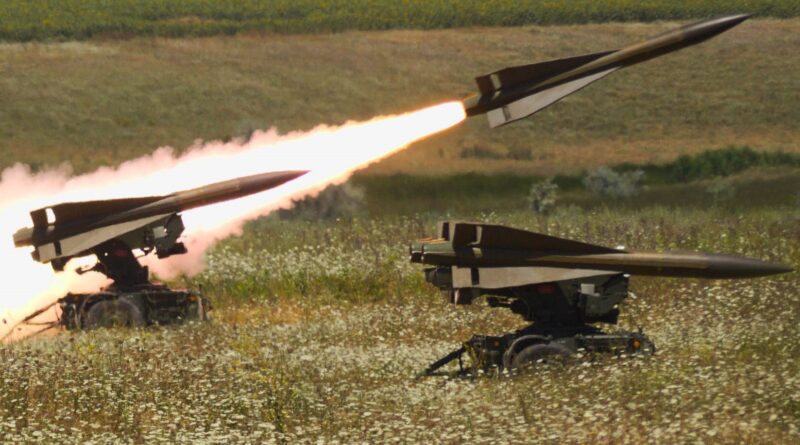Advance in Drone Warfare: Russia Leverages High-Speed Jet Drones
In the ongoing battle between Russia and Ukraine, both factions have mastered the use of drone technology in warfare. Ukraine has effectively harnessed this technology to not only monitor but also counter-threaten Russian aerial activity, making an innovative shift to launch projectiles from unmanned surface vehicles (USVs) to neutralize aggressive Russian aircraft.
Russia has its unique tactics in the same line as well. Though not averse to deploying high-cost rockets and missiles in Ukraine’s zones, Russia maintains a sharp focus on a larger distribution of drones. The major advantage lies in their lower investment and easy replacement, which comes handy when they are caught or neutralized by air defense systems.
One particular structure of drones Russia has been heavily leveraging is the Iranian-designed Shahed models. These are essentially loiter attacks, programmed to fly to many locations and collide with targets to explode on impact. They are viewed as airborne explosive devices and Russia owns a multitude of them.
The manufacturing capacity of these lethal Shahed drones is considerable for Russia. Recording a production of thousands per month, Russia shows an upward trend in manufacturing more of these drones as the wartime tension escalates.
Of late, the Ukrainian airspace observed a novel version of the Shahed drone crossing its zones. The advanced specifications of these newly adapted drones call for an elevated level of concern as they present much bigger challenges.
The usual Shahed drones operate with relatively cheaper propeller-driven engines for their flights. However, the Shahed-238, identified as Geran-3 for Russia, is distinctive due to it being propelled by a jet. This significant change elevates its speed and scope for navigation, increasing its threat potential.
Apart from speed and mobility, the Geran-3 drone carries an added advantage in having electronic warfare (EW) countermeasures by default. This enhanced feature complicates its jamming and eradication processes from Ukrainian defense systems, making it a formidable adversary in the war.
Ukraine’s previously successful method of using its old propeller plane to ascend near a drone and then bring it down may not have the same impact as before, owing to the presence of Geran-3’s jet-speed, EW-equipped drones on the scene.
Ukraine has made considerable efforts to dissect and understand the functionality of wreckages from several Geran-3 drones that were brought down. This investigation has revealed the device’s features, improvements over its predecessor, and capabilities.
This advanced drone is significantly bigger than the Geran-2 variant. The Geran-3 spans 11.5 feet lengthwise with an 8-foot wingspan. It houses a hefty 198-pound high-explosive fragmentation incendiary (HE-FRAG-I) warhead that can devastate a large area.
Also noteworthy is the Geran-3 drone’s impressive operational range. It can function non-stop for about six hours and cover an estimated distance of 620 miles. Some of these drones even sport upgraded thermobaric warheads that are capable of overwhelming even robustly fortified targets.
A notable feature of Geran-3 is its built-in EW countermeasures, enabling it to detect areas covered by satellite signal interceptions. This capacity theoretically allows it to identify these zones and avoid them, thus dodging Ukraine’s attempts to disrupt its flight operations.
The turbojet engine equipped in the Geran-3 provides high-speed locomotion capabilities, with the drone capable of reaching up to 230 miles per hour. This speed advantage combined with its superior technology makes it a considerable threat in airspace battles.
Upon investigating the debris of destroyed Geran-3 drones, Ukrainian defense found a range of parts originating from various global manufacturers. Close to 50 different components from several different countries were discovered, showing the vast and globalised supply chain supporting these drones.
However, Ukraine is not unarmed in the face of these enhanced drone attacks. They have a powerful arsenal of interceptor drones. These special-purpose drones are designed with the main objective to locate and effectively destroy aggressive drones.

